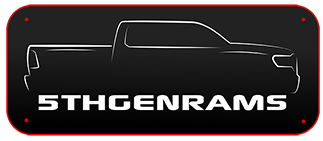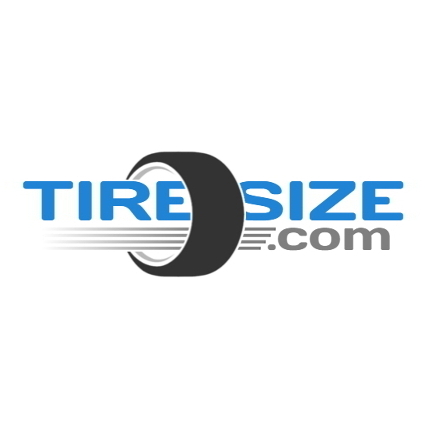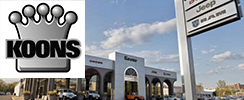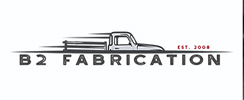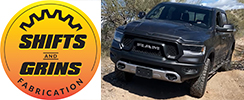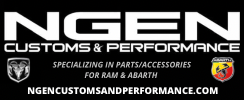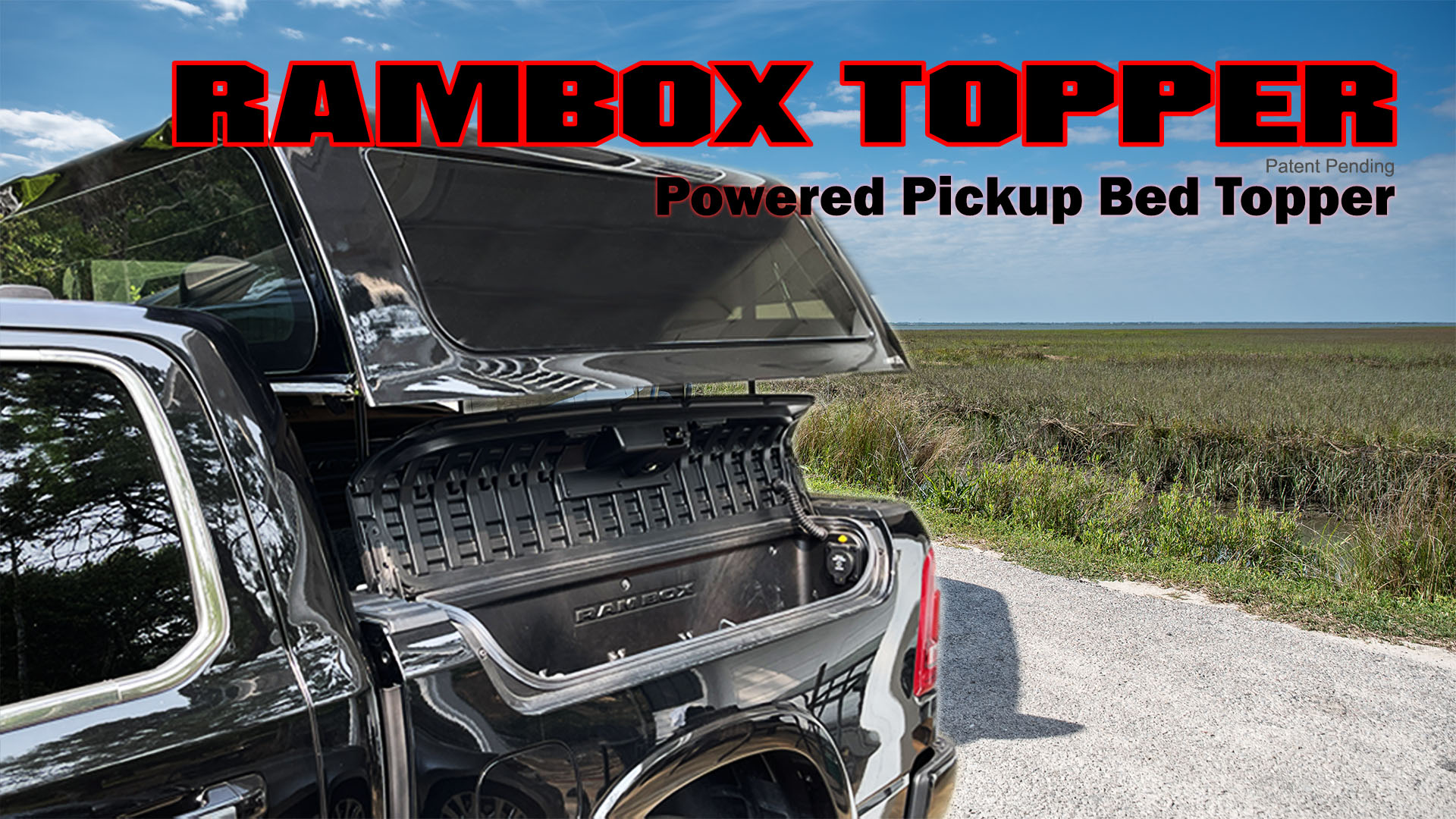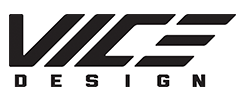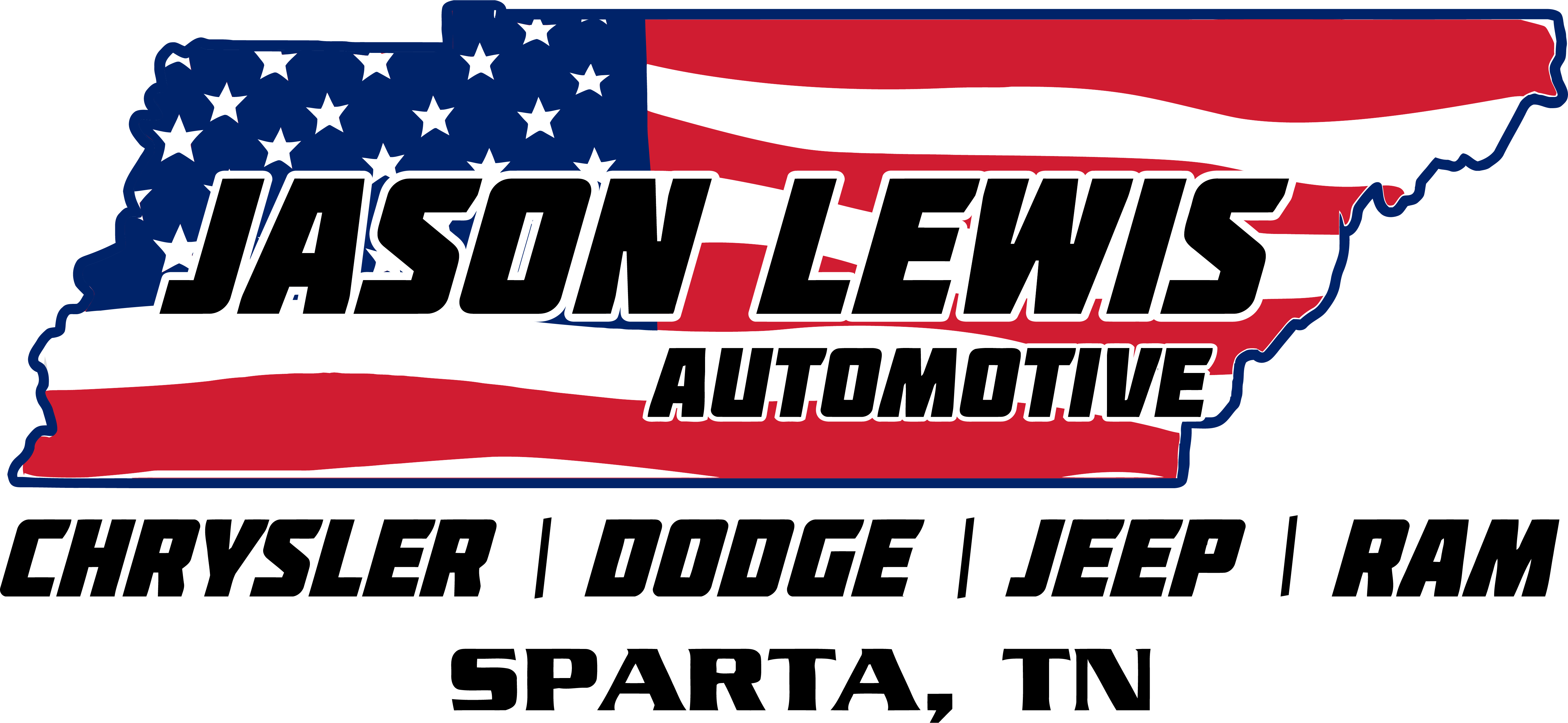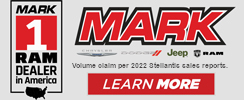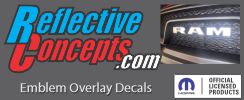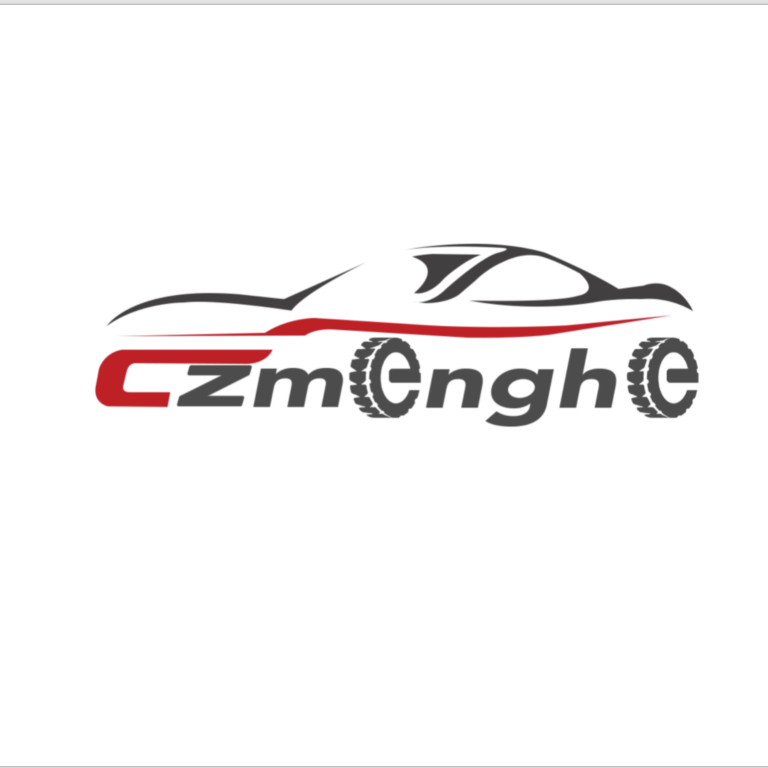map246
Active Member
- Joined
- May 27, 2025
- Messages
- 36
- Reaction score
- 21
- Points
- 8
- Age
- 50
I purchased a travel trailer that is definitely pushing the limits of my 1500. With that purchase, I upgraded the stock 270/55R20 4 ply tires to a 10 ply Load Range E LT tire of the same size.
I know that generally, a 10 ply tire needs a higher PSI. I plan on starting at about 44psi and adjusting from there. The stock tires (from the door sticker) should be at 36psi. I will do a chalk test to confirm.
With that out of the way, will running the increased PSI on the new tires, throw my onboard TPMS into a tizzy and light up my dash? If so, is there a work around?
Thanks!
I know that generally, a 10 ply tire needs a higher PSI. I plan on starting at about 44psi and adjusting from there. The stock tires (from the door sticker) should be at 36psi. I will do a chalk test to confirm.
With that out of the way, will running the increased PSI on the new tires, throw my onboard TPMS into a tizzy and light up my dash? If so, is there a work around?
Thanks!
